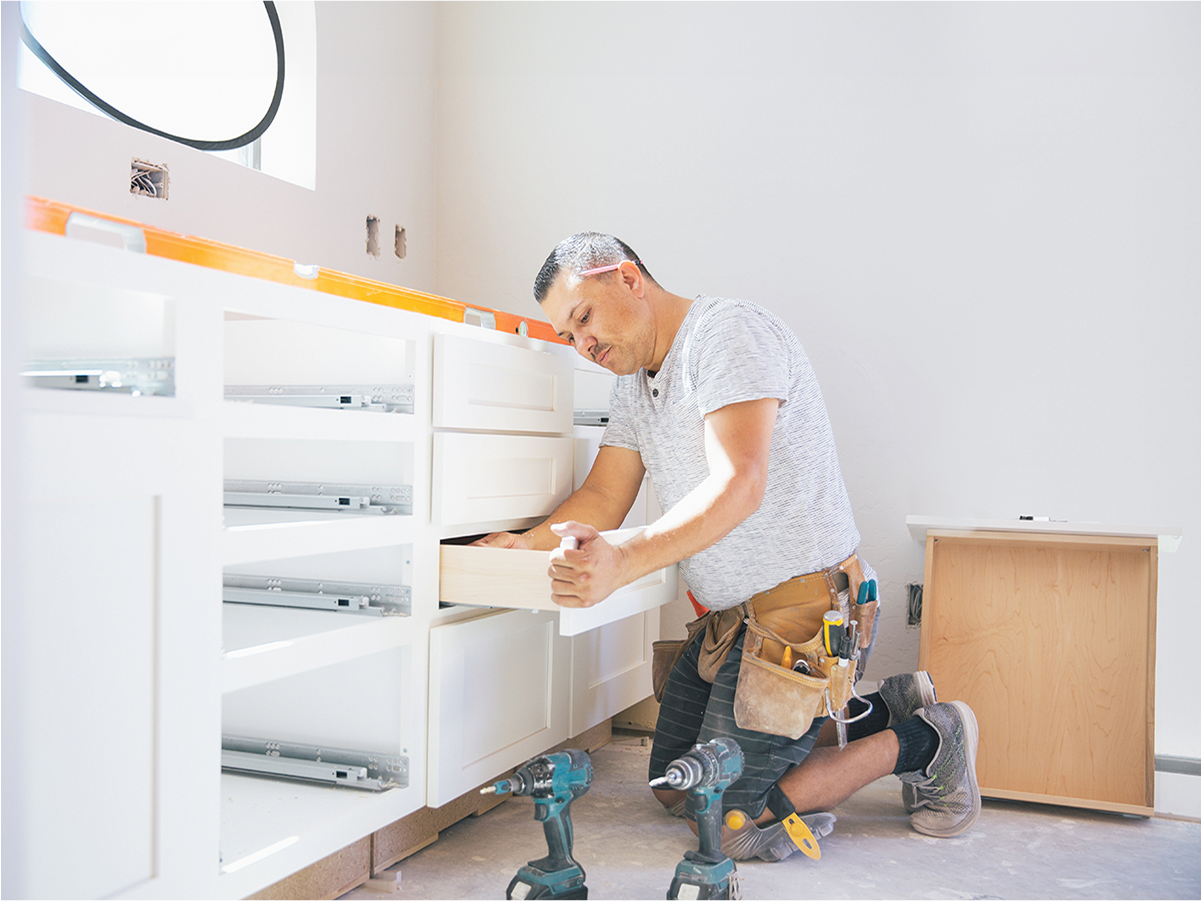
Published August 20, 2020
The Cost of Furnishing a New Home
After months of touring open houses, sizing up towns and finalizing paperwork, it’s time to move into your new house. One of the most exciting aspects of buying a house—whether you’re upsizing, downsizing or it’s your first time—is turning that house into a home. But just because you’ve signed on the dotted line doesn’t mean the expenses of moving are no more.
With the biggest purchase out of the way, it’s easy to forget that you now have an entire building to furnish. While you might plan to bring certain things from your previous home, you’ll likely need to buy more than a few new items to fit the new spaces. That table you loved? Doesn’t fit quite the same in your new dining room. Your favorite recliner? Clashes pretty hard with the sectional you need for the family room.
Each room has a personality of its own with different demands. While the living room needs a new couch, TV stand and area rug, the kitchen needs a set of chairs to place around a new table. Add in bedrooms, bathrooms and a patio and you might have a real budgeting puzzle on your hands. To break that puzzle down into manageable pieces, here’s how to take steps to build a budget that works for you.
Tour Your Home
A quick internet search will tell you that the most important thing to do when budgeting is to prioritize. But how do you prioritize when you don’t know what it is you’re prioritizing? Sure, there are some obvious items, like beds, couches and tables. But what about those not-so-obvious accessories, like lamps, lights, rugs and drapes? To remedy this confusion, take a tour of your home. Spend time in each room to identify and write down what you’ll need for each setting. Simply taking a moment to imagine the layout and décor of a new space can help clarify a muddled list of to-dos and to-gets.
Prioritize
Take a look at each room and all of its needs. Then think about which rooms will be used the most and by whom. This will give you an idea of which areas you may want to give the most TLC up front. For example, the bedroom and living room might be where the most time is spent, so splurging on a mattress or sectional should be a higher priority than the sink in the seldom used upstairs bathroom or the new closet for the personal office. After you’ve done this, rank each room’s needs into big, medium and small priorities to spotlight your must-haves versus your nice-to-haves.
Run the Numbers
Once your priorities are set, it’s time to break everything down into a budget. It’s important to remember that not everything on your list needs to be purchased right away. Start by budgeting for the biggest priorities and work down to the smallest. This way, you can eliminate your biggest pain points while covering the lesser needs and wants with the remaining budget. If you can’t get to everything now, that’s OK, because what you can’t get to is of least importance. Over time, with a consistent budget, you’ll be able to cover your list from large to small, or in more practical terms, from kitchen table to bedroom nightstand.
Savvy Shopping
Friends and family often have couches, tables and chairs for little to no cost. Keeping an eye on Craigslist, eBay, thrift stores and flea markets can also prove to be a financially savvy way to save money on high-quality goods. For items like lights, lamps, bookcases and stools, it’s possible to get some trendy pickups at an affordable price at your local Target or HomeGoods, among many others. And instead of a brand-new recliner or sofa, consider reupholstering as a valuable alternative.
Save Before You Spend
One final way to ease the burden of furnishing your new home is to save money before you even start. By having a stockpile of savings, you can jump right into the needs of your latest space. Unlike many of its counterparts, a no closing cost mortgage1 offers exactly what its name implies: no closing costs. This can save thousands of dollars up front that can then be used to rev up your redecorating budget. Making your house a home is much easier when you have a head start.
Explore our Financial Literacy Hub and our blog for content that helps you make money decisions confidently.


